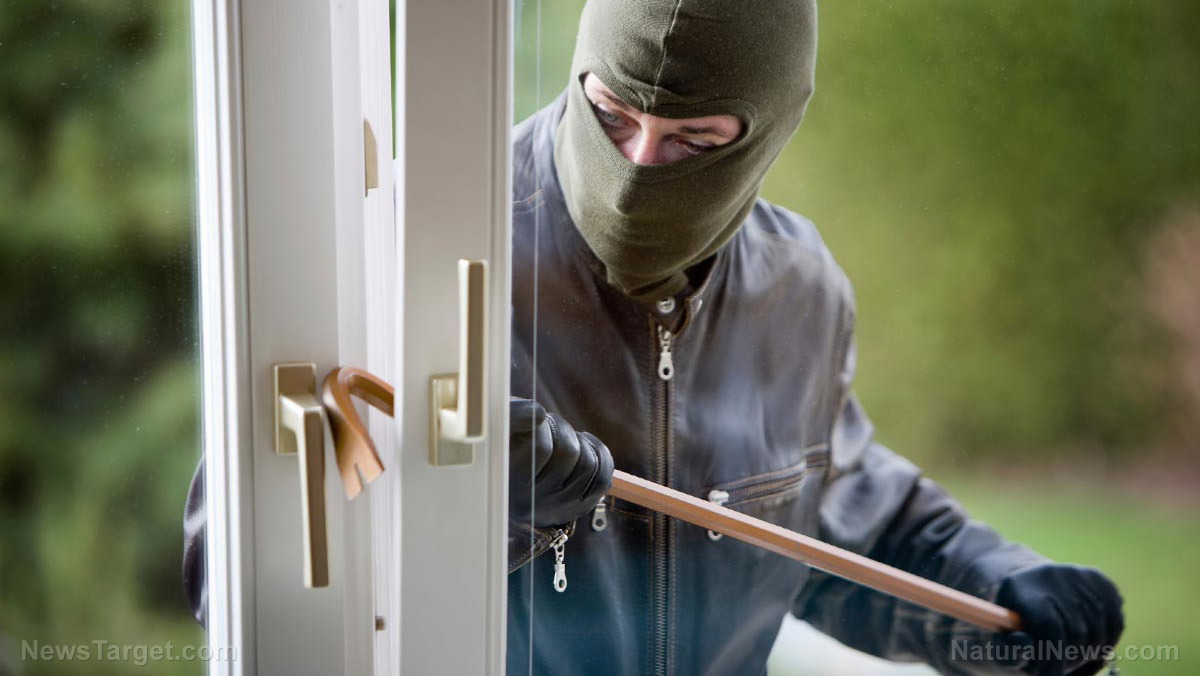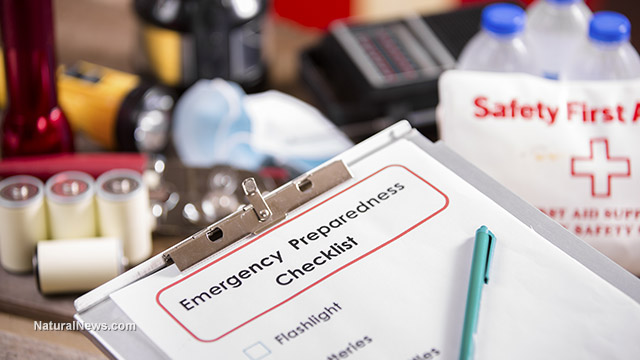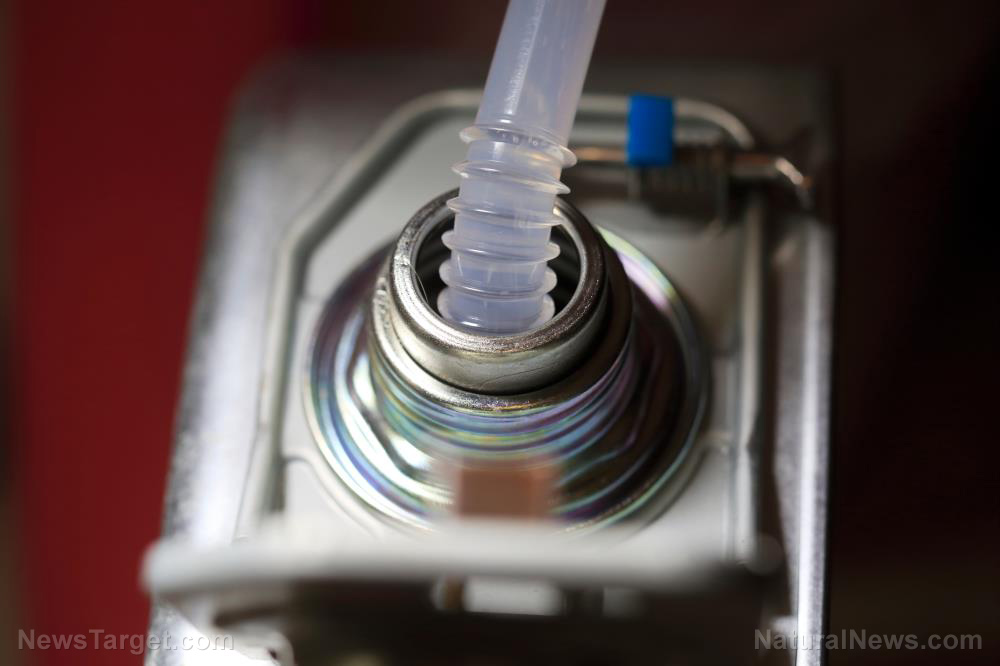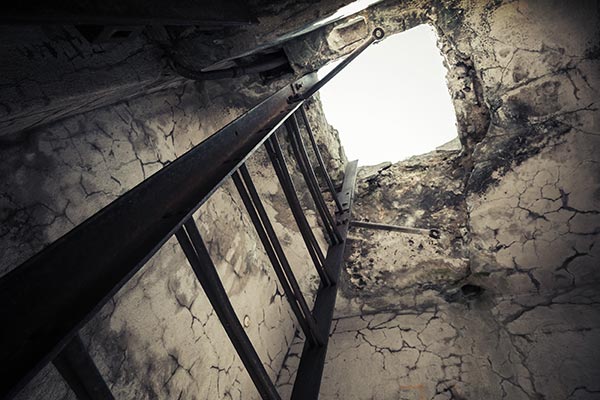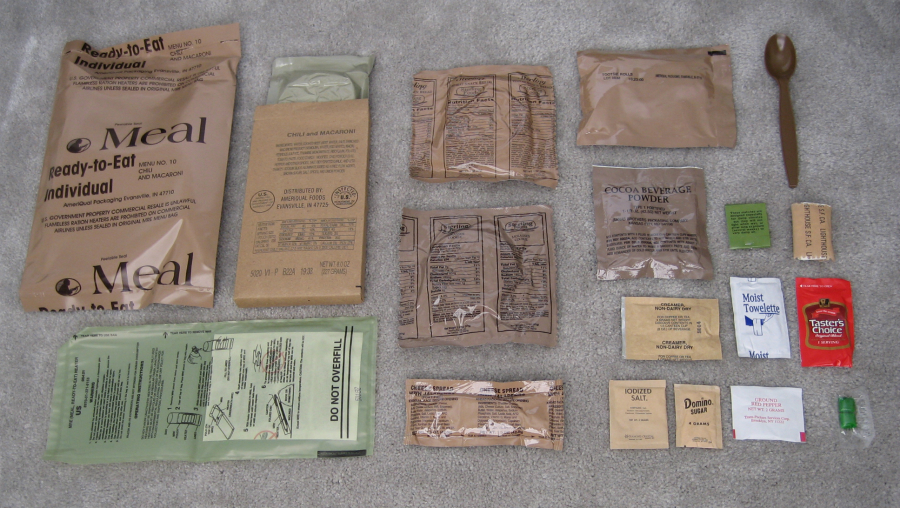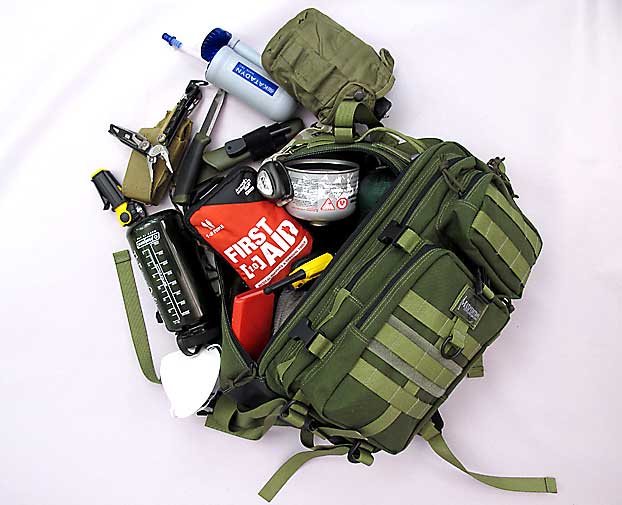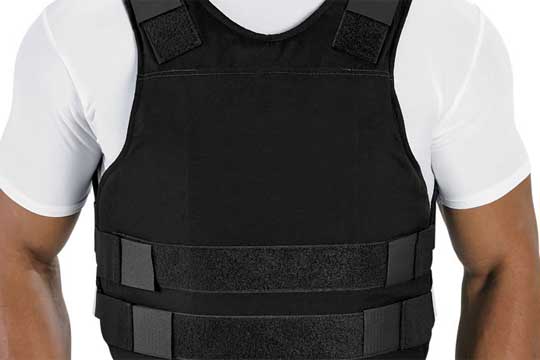Odd items that can be life-savers following an SHTF event
08/25/2021 / By Nolan Barton
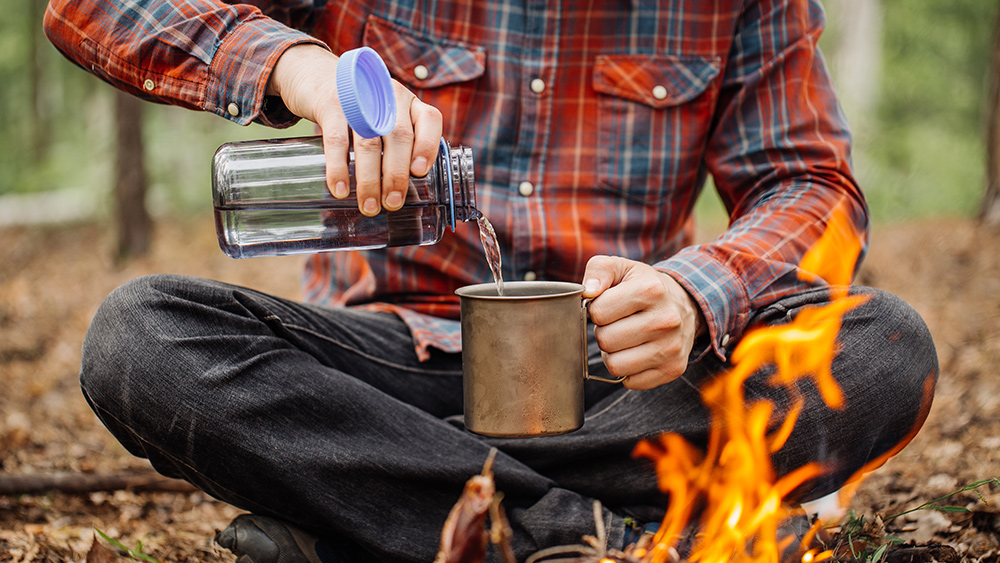
Basic emergency supply bags normally include water, food, lighter or matches, flashlight and first aid kit. Ordinary items that can turn into amazing survival tools are often overlooked. These odd items are easy to find and can be real life-savers after an SHTF event.
Chopsticks can come in handy in situations where the only thing that can save you is a few minutes of fire. They are made out of wood and highly flammable. Keep your recycled chopsticks dry in the sun to eliminate any moisture buildup and make them more flammable. These wooden utensils, which are thin and lightweight, can be used to light a flame. This eliminates the need to produce lighting material in damp and wet areas. It’s important to note that the most likely cause of death when you’re out in the open isn’t starvation or even dehydration – it’s hypothermia.
Cardboard rolls can also be an effective fire starter. The first step is to fill the cardboard roll with lint, then wrap it with old newspapers. This will make the cardboard more flammable. (Related: PREPPING 101: Top 11 ways to start a fire.)
Safety pins are a simple but clever invention that can have many functions. They can be used to make do-it-yourself fishhooks, coat hangers and makeshift tweezers. Safety pins can also be used to make medical and hygiene tools. A bunch of them can be used to make an arm sling. For first aid purposes, you can make one from a few needles and a shirt. You can also use sterilized security pins to close an open wound.
Cable ties are a reliable DIY product that can also be used outdoors for a variety of purposes. You can build a shelter using cable ties. It is lightweight and strong enough to bind poles or fabrics for pitching tents. Zip ties are more consistent than ordinary strings or rubber bands. They are resistant to pressure and won’t crack under stress. You need to have lots of them in your emergency bag.
Old fabrics like sheets, curtains or blankets can be useful when you’re trying to survive. They are great for building tents, catching fish, capturing wild animals and taking care of wounds in remote areas.
Grocery bags are great prepper materials, especially heavy ones. The strength of carrier bags made out of polyethylene or canvas is a great example. They are more durable than conventional bags and can withstand more wear and tear over time. Carrier bags can withstand harsh environments, thanks to this special quality. They are made of high-quality materials so they will not rip in extreme heat or cold. They can even be water-resistant so you can use them to repair jackets and tents.
Tampons are also a fantastic survival item. A list of useful prepping materials should include them. If there are no dressings available, tampons may be used to treat wounds. You can finish the job with some safety pins, old cloth and glue.
Tights make a great survival item. They have been used by the military as a bubble-resistant fabric under their socks. You can use tights to prevent foot blisters. Wearing tights can also help repel ticks and leeches if you don’t like them. Pantyhose can be used as a makeshift net if you want to catch fish. This garment can also serve as a self-defense tool by filling it with stones.
Use your imagination to complement your traditional prepping materials with some unusual items and increase your chances of survival following an SHTF event. (Related: Top 12 NECESSARY items for survival when SHTF.)
How to survive with nothing after an SHTF event
Preppers also need to be prepared to survive with nothing – neither the basic emergency supplies nor the unusual but useful items.
In that case, your priority is to find a shelter. Even in summertime conditions, temperatures can drop low at night. A good shelter will keep you from freezing to death on a cold night.
But if you want to last more than just a cold night, then you need to start thinking about water. Symptoms of dehydration can start within a few hours of your last drink and include low energy, headache, dizziness, muscle cramps and eventually loss of consciousness. Most rainwater is safe to drink and you can drink it straight off non-toxic leaves.
If you’re in a season or an area that lacks rainwater, then you’ll need to take a different approach. You can collect water from any source that is free of chemicals. Make sure you bring any intended drinking water to a rolling boil. Some sources say you should keep it boiling for as much as 20 minutes.
In relation to boiling water, you should learn the bow-drill. It is an incredibly valuable survival skill for creating fire by friction that can be learned in a relatively short period of time. The hardest part of creating a bow-drill is the string. Just make sure that you always wear sturdy shoelaces and you’ll never have to worry about creating fire.
Human beings can go a few weeks without food, so this is one of the least important parts of short-term survival. But food provides you with valuable energy and helps your body stay warm. (Related: Seeds of life: Keep your food supply alive after SHTF.)
If you were to go a few weeks without food, your energy level would be so low that it would be difficult to function and do your daily survival tasks. Focus on foods that are both easy to find and have the highest concentration of energy, such as nuts/seeds, berries and tree cambium.
Follow OffGrid.news for more news and information related to prepping and living off the grid.
Sources include:
Tagged Under: bow-drill, cable ties, dehydration, emergency bag, emergency supplies, first-aid kit, flammable, hypothermia, prepper, prepping, SHTF, shtf event, starvation, survival tools, tampons
Get independent news alerts on natural cures, food lab tests, cannabis medicine, science, robotics, drones, privacy and more from NewsTarget.com
Get independent news alerts on natural cures, food lab tests, cannabis medicine, science, robotics, drones, privacy and more from NewsTarget.com
RECENT NEWS & ARTICLES
COPYRIGHT © 2017 · SURVIVAL NEWS



